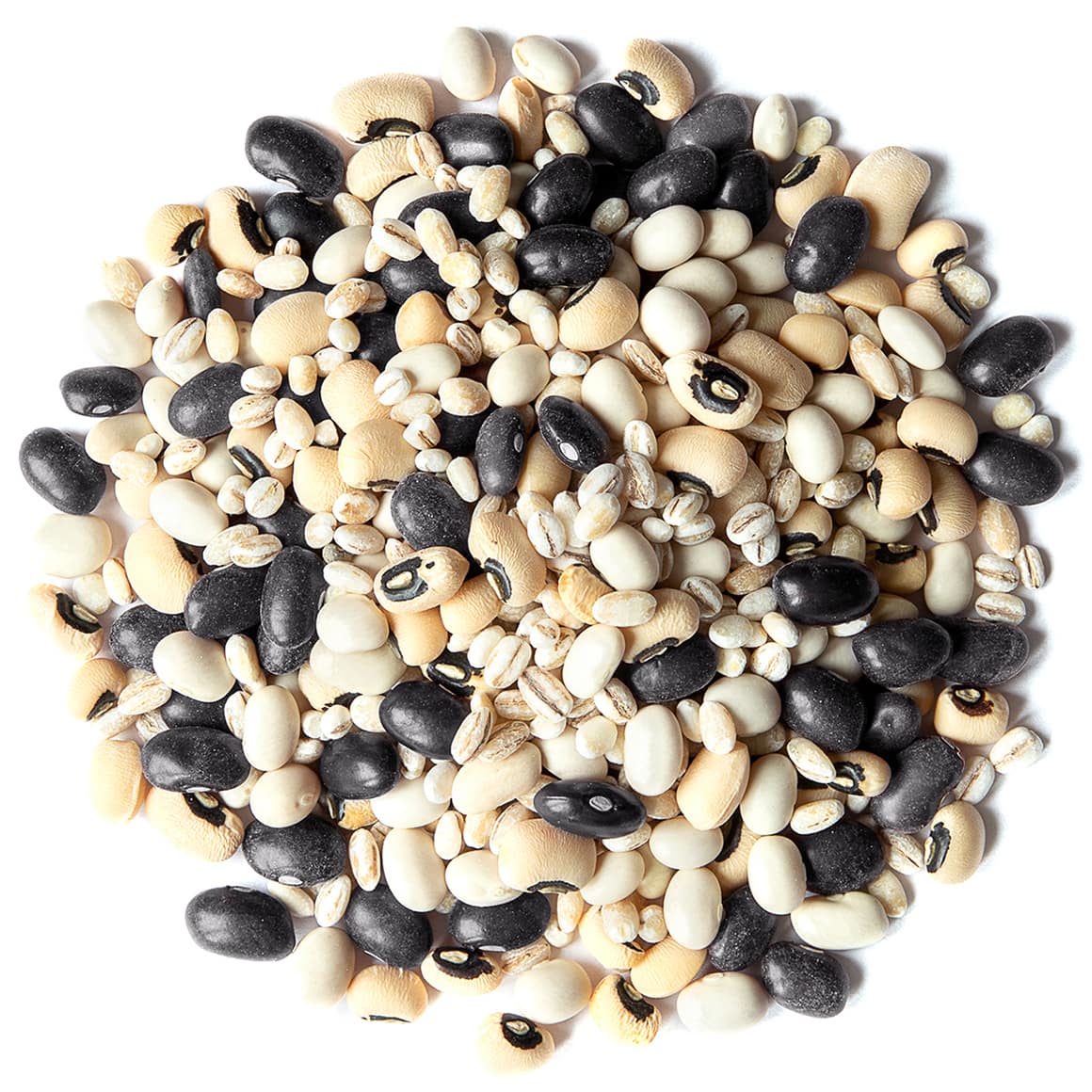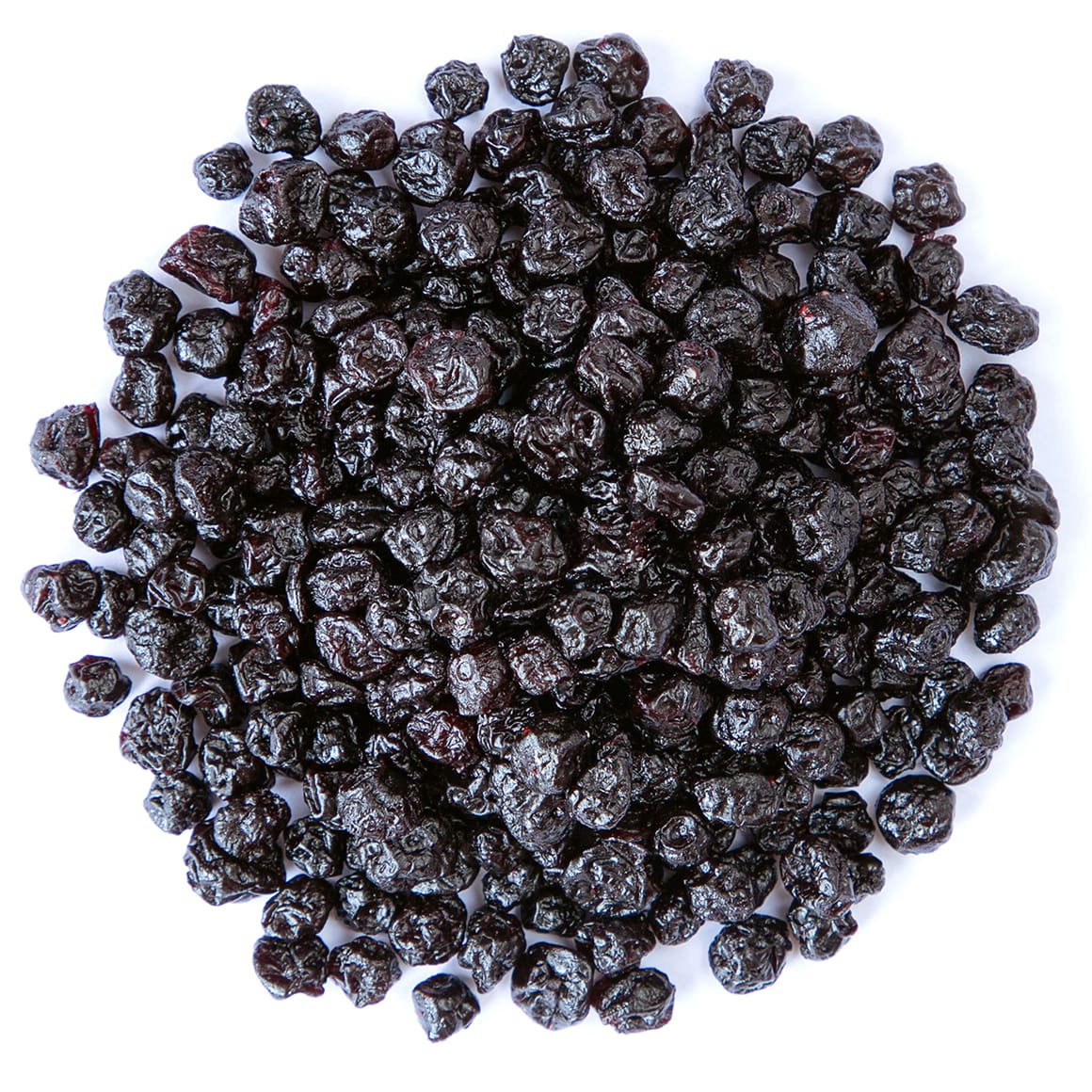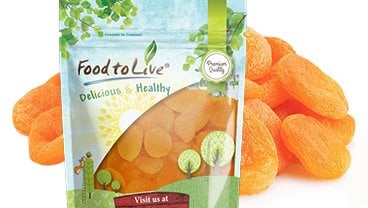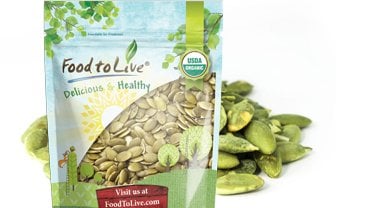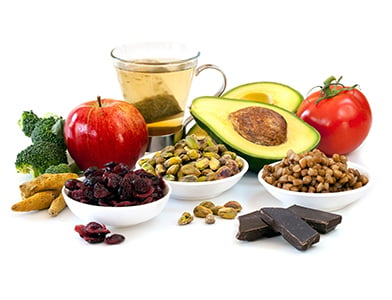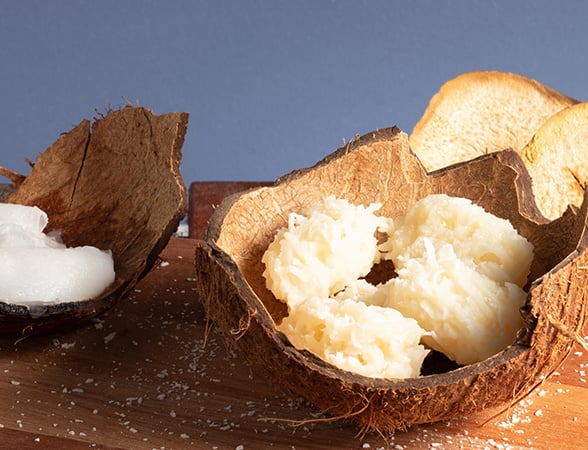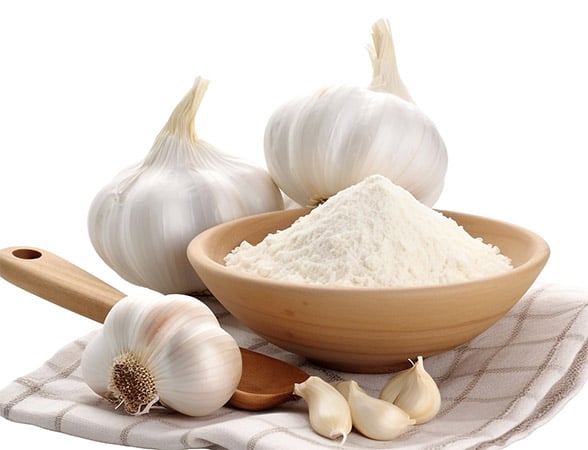February 23, 2022 · Written by Foodtolive Team
10 Iron-Rich Foods and Why Do We Need It
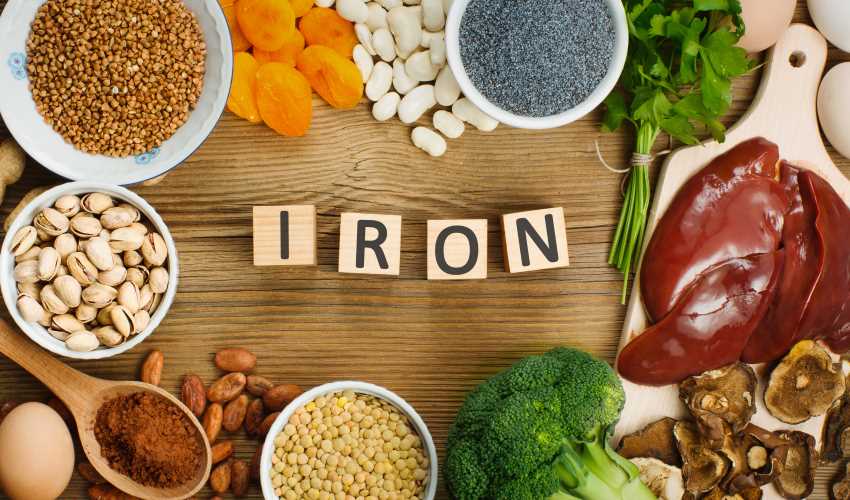
Sticking to a healthy diet can bring you only tangible benefits. It supports your immune system, increases energy, assists in quick muscle recovery and contributes to a sharp mind. A healthy diet must include vitamins and micronutrients to be efficient. Consequently, one of the most vital minerals known – is Iron, so when it comes to a proper diet, we should consider foods high in iron.
So, what is iron, and why it is important to add foods rich with iron to your diet? We have prepared a short but very interesting and informative article on an iron-rich foods.
To begin, iron is a crucial element for the human body. Almost 70% of iron synthesizes hemoglobin, while 30% maintains the immune system. Hemoglobin saturates all tissues and organs with oxygen. Our organism does not know how to produce this mineral on its own so it derives it from food. Thus, it is important to watch what you eat and include iron-dense foods. Otherwise, early signs of its deficiency won’t be far behind. [1]
Early signs of iron deficiency:
- fatigue;
- loss of memory;
- headaches and muscle pains;
- sleep disturbance;
- brittleness and hair loss;
- skin paleness;
- feeling cold;
We need to get iron every day and the simplest and most natural way to get it is – yep, out of food. Daily norms of iron are quite different for people of different sex, age, and lifestyle.
Table 1: Recommended Dietary Allowances (RDAs) for Iron [2]
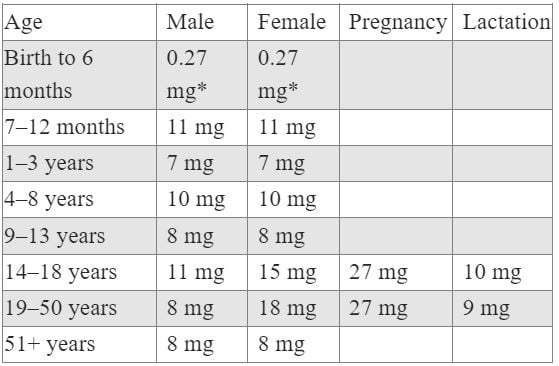
* Adequate Intake (AI)

There are 2 kinds of iron in the listed products: heme and non-heme iron. The first one is well absorbed, up to 30 percent. Its assimilation is almost unaffected by the rest of the food constituents. A large amount of useful heme is present in seafood as well as meat and livers.
- All marine products contain large amounts of iron, especially shrimp, oysters, and mussels. For example, a 100-gram part of sea food can contain 17% of the daily mineral norm.
- Meat including beef liver, kidneys, and the heart – contains a major amount of iron. Every 100 grams of product represents 36% of the daily mineral norm. Besides iron, they contain copper, vitamins A, C, and group B.
The other form is non-heme iron, which is an integral part of plant products. Pay attention to products of plant origin rich in iron, if you don’t eat meat often. If you’re a vegan or a vegetarian, then you should definitely include the following products into your diet.
- Legumes – beans, lentils, chickpeas. Apart from the presence of folic acid and magnesium, legumes contain about 18% of the daily iron norm. We recommend soaking them overnight, so they can provide you with more iron intake.
- Spinach is generally considered to be one of the leaders in the iron content of plants. As a matter of fact, 100 g of these greens contains 15% of the daily iron norm. You may boil it, stew it or steam it with olive oil, the nutritional value will remain practically the same.
- Tofu – is a great iron-rich food for vegetarians. 100 grams of this product will put about 14% of the daily iron norm in the body. Tofu contains thiamine and some minerals such as calcium, selenium, and magnesium. Plus, it gives you 22 grams of protein per serving.
- Berries – vitamin-rich blueberries contain a variety of minerals, including iron. In 100 grams, this delicious and nutrient-dense berry contains 0.7 mg of iron. Currants also contain iron in a quantity of 0.9 mg per 100 g. With 100 grams of berries, our body will receive 12% of the daily norm of a useful mineral. Moreover, currants contain vitamin C, which contributes to soaking the iron up in the body.
- Black Chocolate – 30 grams of black chocolate is a source of a variety of useful substances. For example, antioxidants, magnesium, copper, and iron. Studies have shown that chocolate reduces cholesterol and improves heart health. But the usefulness of this product depends on the cocoa bean content. Chocolate containing 70% of the cocoa beans is the one you want to include in your diet.
- Grains – cereals are an important part of the diet and a source of iron. To maintain the largest content of this microelement, always choose a whole grain. Instant porridge due to processing is almost completely devoid of vitamins and minerals. We recommend adding vegetable salads and seafood to cereals, since they contain vitamins C and B12, which as you already know – help absorb iron.
Some of the leaders among iron-filled grains per 100g of raw product are:
Barley: 3.6 mg;
Buckwheat – 2.2 mg;
Quinoa – 1.5 mg;
- Pumpkin seeds – A total of 100 g of the product will provide the human body with a daily iron dose and 17% of the daily norm of selenium. Pumpkin seeds incorporate an amino acid named tryptophan. We need it for producing serotonin (pleasure hormone).
- Broccoli – cabbage is very nutritious. 156 grams of boiled broccoli contains 1 mg of iron, which is 6% of the recommended daily norm, a large amount of vitamin B9, 5 grams of fiber, and vitamin K. Broccoli is rich in vitamin C, which facilitates better digestion of iron.
- Fruit – besides the main products listed above, we would like to add fruit. They enclose a lot of vitamin C, which is necessary for the full uptake of iron. To get a great quantity of iron, choose dried fruit. As they lost a large amount of liquid they contain useful substances in a more concentrated form. [3]
Leaders among fruit filled with high iron content per 100 g are:
Dried apples – 15 mg;
Dried pears and prunes – 13 mg;
Dried apricots – 12 mg;
Raisins – 2.7 mg;
Note, it is recommended to eat them in the morning: not more than 200 g of fresh fruit or 30-40 g of dried fruit.
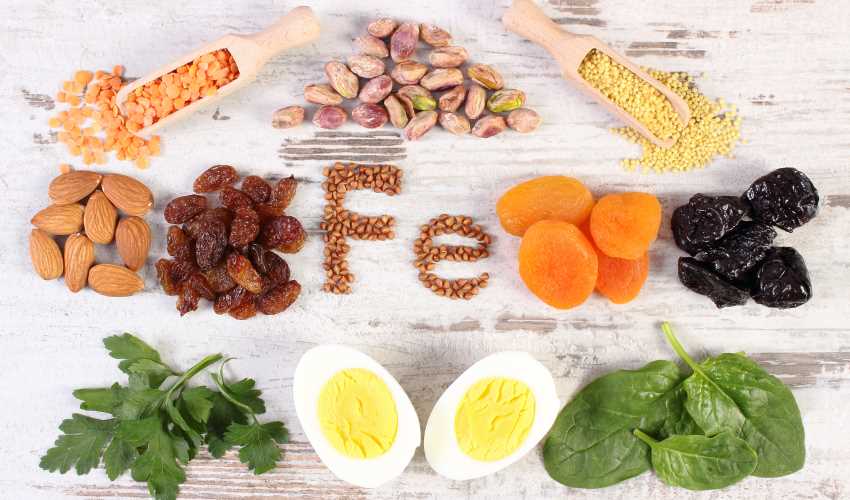
Some actions make it difficult for the body to absorb iron. Please follow the recommendations below.
- If you drink coffee or tea, drink it between meals, not during meals.
- Try to consume no more than 30 grams of fiber per day.
- Do not consume calcium-rich products (e.g., dairy products or calcium-rich juices) and iron-filled foods at the same time. [4]
Everyone knows that low iron levels are bad, however elevated content of this element is not good either. Prolonged use of high-content additives or accidental overdose can cause iron poisoning in the human body.
To sum up, iron is an important element for the human body. Iron participates in multiple biological processes, mainly in the transfer of oxygen to tissues and muscles. The body does not know how to synthesize iron, so it must receive it daily with food filled with its content. Benchmarks for your daily needs are based on your age, gender, and lifestyle. Consumption per day for adults ranges from 10 to 30 mg, for men to consume 10 to 12 mg and women between 20 and 30 mg. Exceeding the average recommended level defeats the purpose and can be dangerous.
Sources:
https://www.carterbloodcare.org/why-is-iron-important-to-your-health/
https://ods.od.nih.gov/factsheets/Iron-HealthProfessional/
https://www.med.umich.edu/cancer/files/why-is-iron-important.pdf
https://www.betterhealth.vic.gov.au/health/conditionsandtreatments/iron

